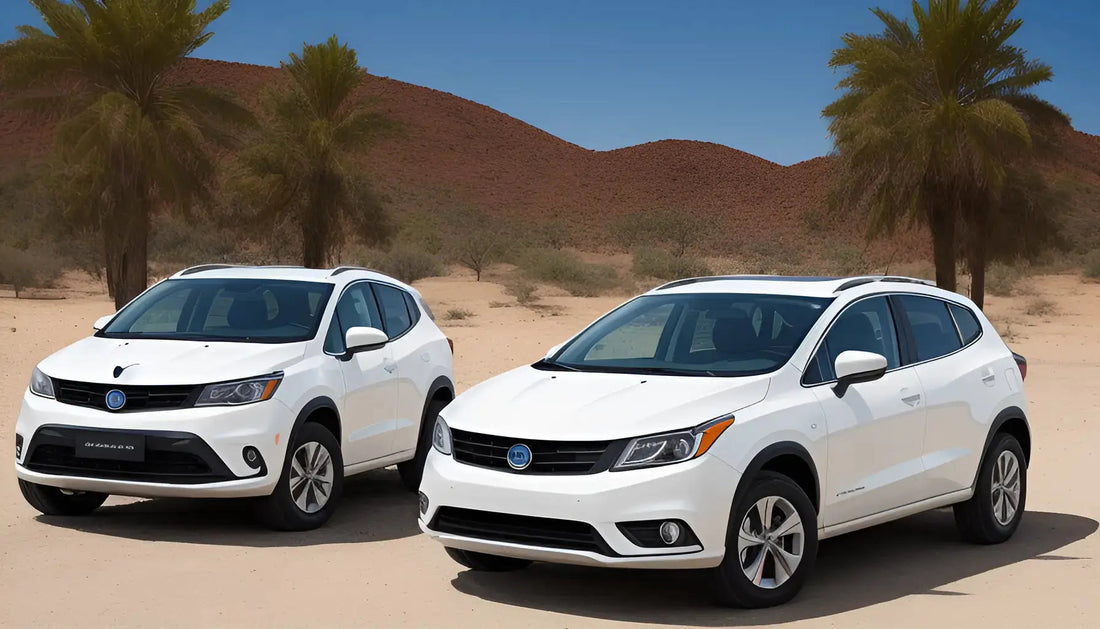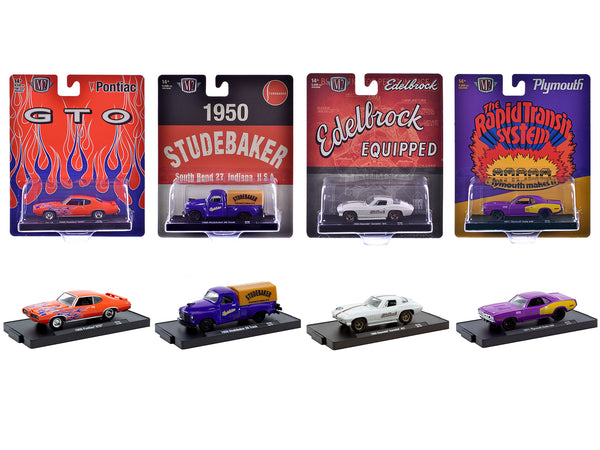
How NADA Car Value is Determined
Related Products
Share
Breaking Down the NADA Car Value
When it comes to buying or selling a used car, having an accurate understanding of its value is crucial. NADA, which stands for National Automobile Dealers Association, is one of the most recognized and trusted sources for determining car values in the United States. NADA provides car shoppers and sellers with reliable information that helps them make informed decisions. In this article, we will explore in detail how NADA car value is determined and why it is important.
What is NADA Car Value?
NADA Car Value refers to the estimated worth of a used car in the current market. NADA collects and analyzes extensive data from various sources, including auctions, vehicle sales, and market trends, to provide an accurate valuation of a vehicle. This information helps car buyers and sellers to negotiate fair prices and make informed decisions.
Factors Considered by NADA
When determining the value of a car, NADA takes several factors into account. These factors include:
Year, Make, and Model: The year, make, and model of a car play a significant role in determining its value. Older cars generally have a lower value compared to newer ones. However, certain classic and collectible models may have higher values due to their rarity and desirability.
Mileage: The number of miles a car has been driven is an essential consideration. Generally, a car with lower mileage has a higher value than one with higher mileage. Low mileage indicates less wear and tear and implies that the car has more life left in it.
Condition: NADA assesses the overall condition of the vehicle, including its interior, exterior, and mechanical components. A well-maintained car with minimal damage or issues is likely to have a higher value. NADA car value takes into account factors such as any accident history, the presence of rust or corrosion, the condition of the tires, and the functionality of features and systems.
Optional Features: Optional features and upgrades can increase the value of a car. NADA car value considers the presence of features such as leather seats, premium sound systems, GPS navigation, and advanced safety features when determining the value. The presence of these features can often attract buyers and fetch a higher price.
Market Demand: NADA analyzes market trends and demand for specific makes and models to determine their value. If a certain type of car is in high demand, its value may increase. Similarly, if a particular model is experiencing a decline in popularity, its value may decrease. NADA takes into account factors such as consumer preferences, supply and demand dynamics, and market conditions.
Region and Local Market: NADA considers regional and local market conditions when determining car values. Factors such as geographic location, climate, and local economic factors can influence the value of a car. For example, a four-wheel-drive SUV may have a higher value in regions with harsh winters or off-road terrain.
While these factors are crucial in determining the NADA Car Value of a vehicle, it is important to note that NADA's valuation is an estimate and may not necessarily reflect the exact selling price of a car. The final price can still be influenced by negotiation skills, supply and demand dynamics, and individual factors.
The Importance of NADA Car Value
NADA Car Value is essential for both car buyers and sellers. For buyers, knowing the estimated value of a used car allows them to negotiate a fair price. It helps them avoid overpaying for a vehicle and ensures that they are getting a good deal. Armed with this information, buyers can confidently compare prices across different sellers and make informed decisions.
For sellers, understanding the NADA Car Value of their vehicle helps them set a reasonable asking price. Setting the right price makes the car more attractive to potential buyers and increases the chances of a successful sale. Overpricing a car may deter interested buyers, while underpricing it may result in a financial loss for the seller.
Additionally, NADA Car Value can be used by banks and lenders to determine loan amounts for used cars. It provides a reliable benchmark for lenders to assess the value of the asset they are financing. Knowing the NADA Car Value can help streamline the loan approval process and ensure that buyers are not taking on more debt than the car is worth.
Furthermore, NADA Car Value serves as a trusted guide in the used car market. It provides valuable information that facilitates fair transactions and empowers car buyers and sellers with knowledge. By relying on NADA's expertise, individuals can navigate the complex world of used car pricing with confidence.
If you are interested in learning more about car values or need assistance with buying or selling a car, you can visit https://rapidvehicles.com/blogs/news. Their website offers insightful articles and expert advice to help you make informed decisions and get the best value for your car.
Understanding the NADA Car Value seems like a complicated process for many, but it's critical when you're planning to buy, sell, or trade-in a car. The National Automobile Dealers Association (NADA) provides values for new and used cars, which are widely used as a benchmark in the automotive industry.
Several factors determine the NADA Car Value. These include the make and model of the car, its condition, mileage, demand in the market, and the location. By looking at these factors holistically, the NADA provides a reliable estimate which can be used by buyers, sellers, lenders and insurers.
The Make and Model: This is one of the most significant factors impacting the car's value. Cars from established brands known for their durability and performance often have higher values.
Condition of the Car: A well-maintained car with minimal issues will have a higher value compared to one with multiple problems. The NADA takes into account any repairs or replacements needed when estimating the car's value.
Mileage: A car with lower mileage generally has a higher value as it has experienced less wear and tear. On the other hand, high mileage can significantly decrease the car's value.
Demand and Location: The car's value can be influenced by the demand in the market and the location. For instances, SUVs may fetch higher rates in areas with tough winter conditions, while convertibles can be more desirable in warmer, sunny regions.
By understanding these determinants, you can gain a realistic expectation of a car's NADA value. Whether you are a buyer seeking a fair deal or a seller wanting the best return, comprehending how these factors play out can help you make informed decisions.





